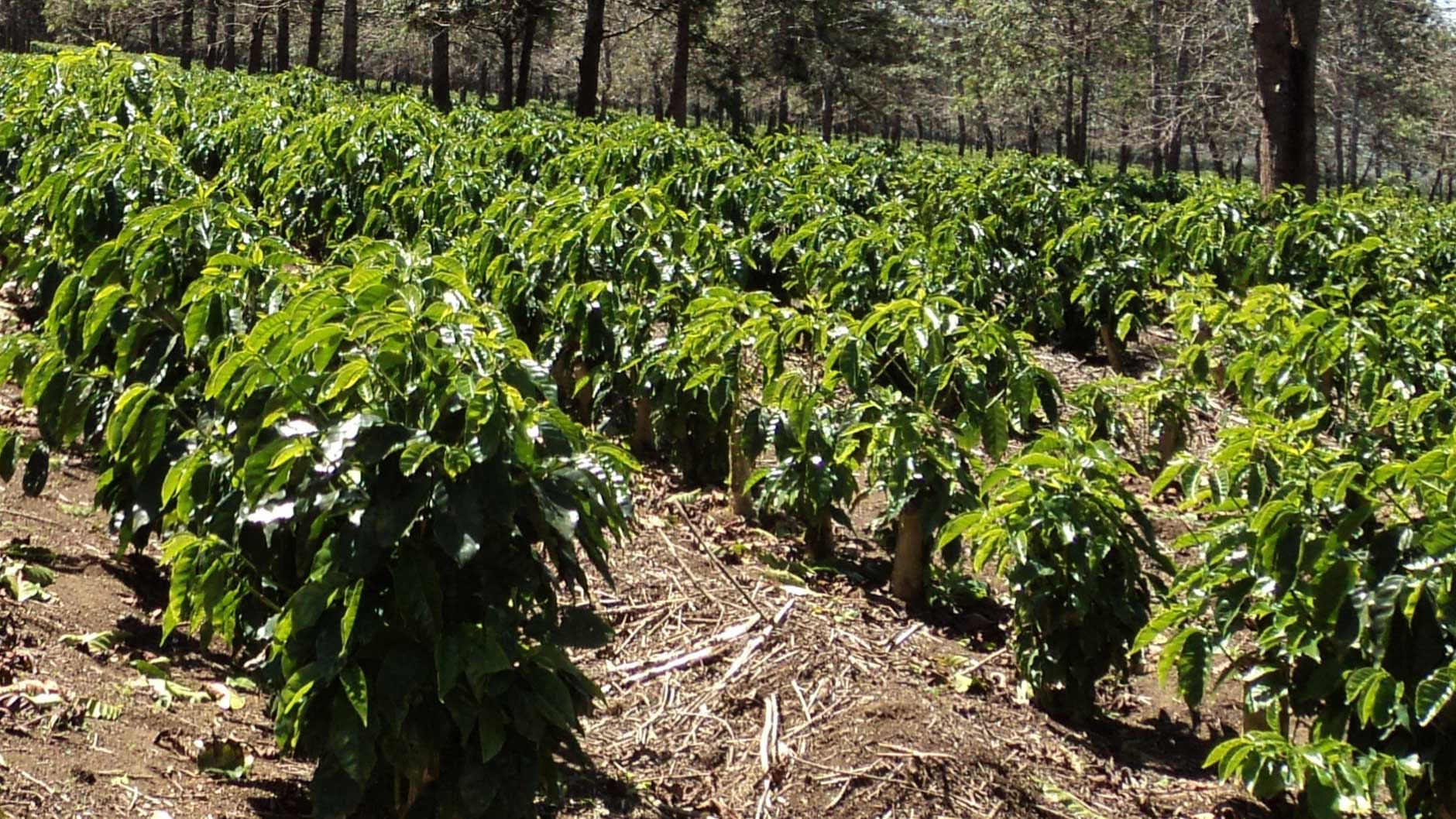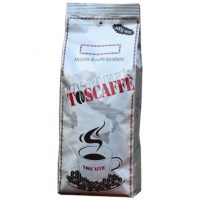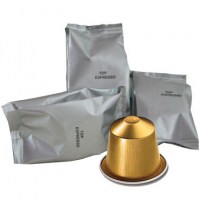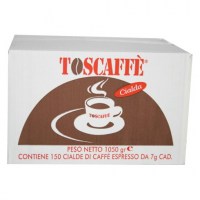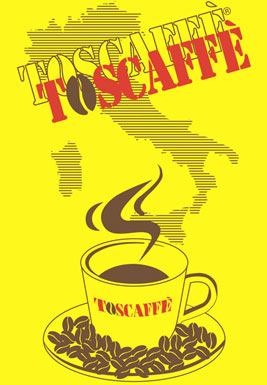- Details
- Category: production
- Hits: 2765
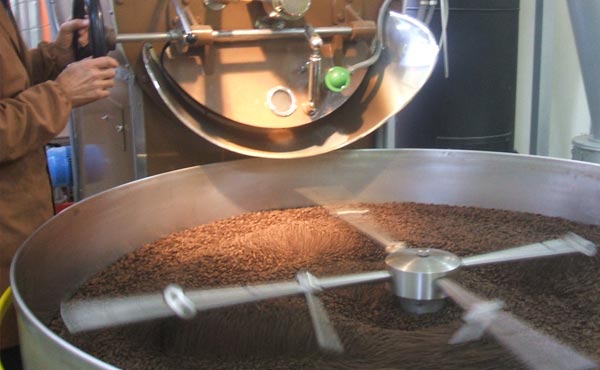
Once reached the point of roasting, coffee has to be cooled, transferring it into the hopper cooling, where cold air is used not to change The organoleptic characteristics of the product. Now coffee is placed in the silos and left to rest a few days up to the packing.
- Details
- Category: production
- Hits: 2863

With the traditional roasting-process, coffee is brought to a temperature of about 200-240 °C; the process lasts 18-20 minutes. In this time coffee beans undergo a series of chemical and physical changes.
First of all there’s a significant reduction in weight (about 20%), mainly due to the evaporation of water.
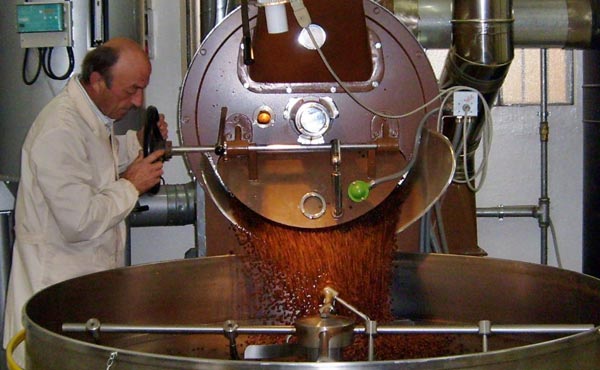
Besides, due to the release of “heavy” gasses inside the coffee, as carbon dioxide, the volume increases by about 60%, making inflate the single grain and his color goes from green to brown. According to the temperature , the roasting level changes, and so the grain’s color. During the roasting process, the coffee frees part of its volatile aroms, releasing its characteristic wonderful fragrance.
- Details
- Category: production
- Hits: 2924
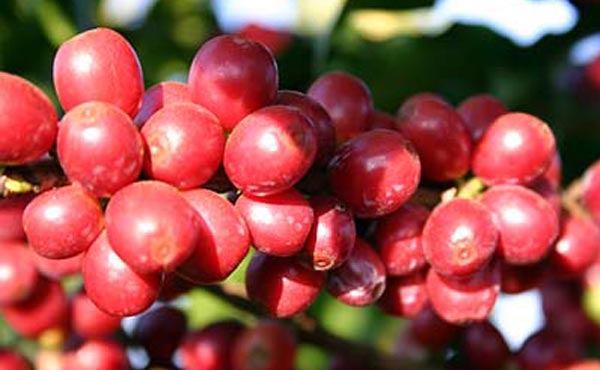
The quality of our coffee is guaranteed by the supply of the best lots of coffee from Arabica and Robusta.
The Arabica is the most valuable and the most widespread species of coffee, has a lower caffeine content and a sweeter taste and stronger aroma. On the contrary is the Robusta a more resistant species, with a higher yield, has a higher caffeine content and a bitter taste but capable to give substance to the drink.
- Details
- Category: production
- Hits: 2921
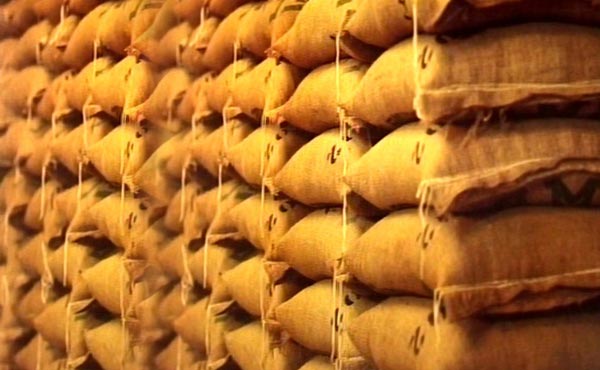 The mixing can happen both before and after the roasting; Mixing before we obtain a more homogeneous product in taste, on the contrary, mixing after will be less uniform.
The mixing can happen both before and after the roasting; Mixing before we obtain a more homogeneous product in taste, on the contrary, mixing after will be less uniform.
- Details
- Category: production
- Hits: 3172
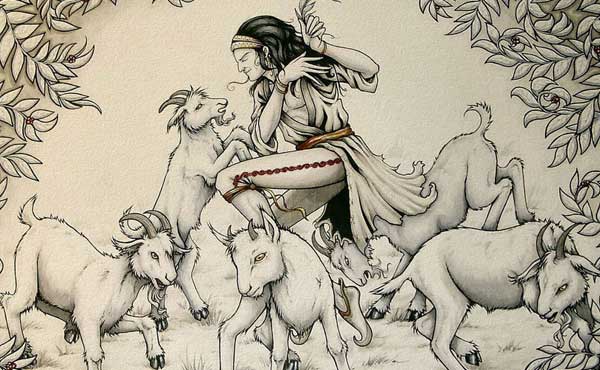
One of the best known legends regarding the discovery of coffee tells about an Ethiopian shepherd, who noticed that some of his goats changed behavior after eating leaves and berries of a thick bush.
From Etiopia, coffee was exported in Arabia, where the inhabitants consumed the entire fruit, a red berry that looks like a cherry. Then, they began to remove seeds, grounding and working them with animal fat, to obtain a mixture, which could be eaten as a sort of “physiological fuel” during the long journeys. Only in the year 1.000 green coffee beans were boiled in water to produce an aromatic drink; but it took another three centuries before Arab started with the coffee-roasting.
The popularity of coffee among the arab populations has a religious foundation: the Koran strictly prohibits the use of alcoholics, so Muslims consumed large quantities of coffee, and from here comes the legend of Muhammad, who, afflicted by sleeping sickness, receives from Archangel Gabriel a black drink, and after drinking it, he obtains the strength to win forty knights and lay with forty women.
Other news about the use of a substance, that can be identified as coffee, can be found in the Odyssey, in which Homer speaks about a drink called nepenthe, which was offered to Telemaco by Helen together with wine , even if is believed to be a drug obtained from opium.






